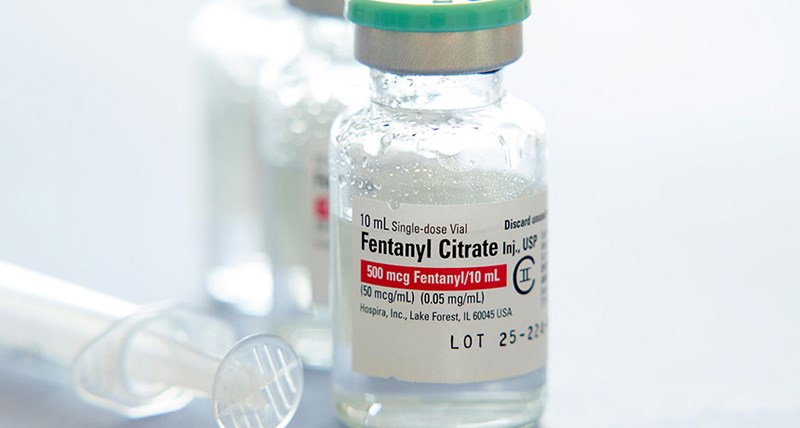The Saskatchewan Health Authority and the RCMP are warning people of the potential of fentanyl or carfentanil in the area.
Fentanyl is a prescribed painkiller that is often added to illicit drugs without people’s knowledge. It cannot be seen, smelled, or tasted.
The warning was prompted by two incidents, one in Kamsack and one in Maidstone. In Kamsack, on Mar. 14, there was a call of suspected cocaine/fentanyl in two individuals in the Kamsack RCMP Detachment area. These two individuals did not require emergency medical treatment. In Maidstone, RCMP were called about a sudden death complaint. When members arrived there was one deceased adult male and another adult male receiving medical care from local EMS. This second adult male also died on the scene. While investigation is in its early stages and the exact cause of death has not be confirmed, the RCMP believes that this may be due to a drug overdose.
In a release, the RCMP advised that anyone who suspects that they might have illicit drugs that contain fentanyl or carfentanil to call 911 immediately and leave the area. Do not handle or touch them. Do not bring them to your local RCMP Detachment. After calling 911, the appropriate resources will be deployed.
The Saskatchewan Health Authority recommends people who do use drugs do not do it alone, and that people recognize the warning signs of a fentanyl overdose. Gary Shepherd director of Mental Health & Addictions Services says that from a health perspective, their role is to prevent death, and warning people about what they need to look for is a priority. The region is preparing emergency rooms and EMS so they are better able to handle potential overdoses. As well, the SHA is making take-home kids of naloxone available, which is used as an antidote to an opioid overdose. While not a replacement for immediate medical attention from a professional, when administered properly, naloxone can restore breathing and consciousness to an individual experiencing an overdose explained the SHA in a release.
“To the extent we can do things, that’s what we can do. We’re just wishing that people’s better judgement prevails and they don’t put themselves at a lethal risk, not knowing what they’re snorting, injecting or ingesting.”
In a release, the SHA described the symptoms of an opioid overdose. They may include: slow or no breathing; gurgling, gasping or snoring; clammy, cool skin; and blue lips or nails. If you suspect someone has overdosed on any drug, call 9-1-1.
“This is a serious situation and we have had deaths in this province very recently as a result of this,” said Shepherd.
The SHA reminds people of the Good Samaritan Drug Overdose Act, which prevents anyone who is experiencing, or anyone who is present when someone else is experiencing, a drug overdose from charges for possession of a controlled substance. Fentanyl typically isn’t what people are seeking out, Shepherd notes, but is added to other drugs without their knowledge.
“People aren’t going, necessarily, and seeking fentanyl. It’s typically in other drugs they purchase, and I’m talking in this case about illicit drugs. People won’t know they’re getting it and taking it.”
Take-home kits for naloxone for individuals at risk, as well as training and education on overdose prevention, are available at the following locations:
Stepping Stone Wellness Clinic, (306) 542-1968, Kamsack Hospital, 341 Stewart Street, Kamsack, and Turning Point Program (306)786-0637, 345 Broadway St. West, Yorkton.
Cost of the take-home kits is covered for at-risk individuals. Addiction counsellors are also available to provide support and treatment options by contacting 1-888-989-8444.



